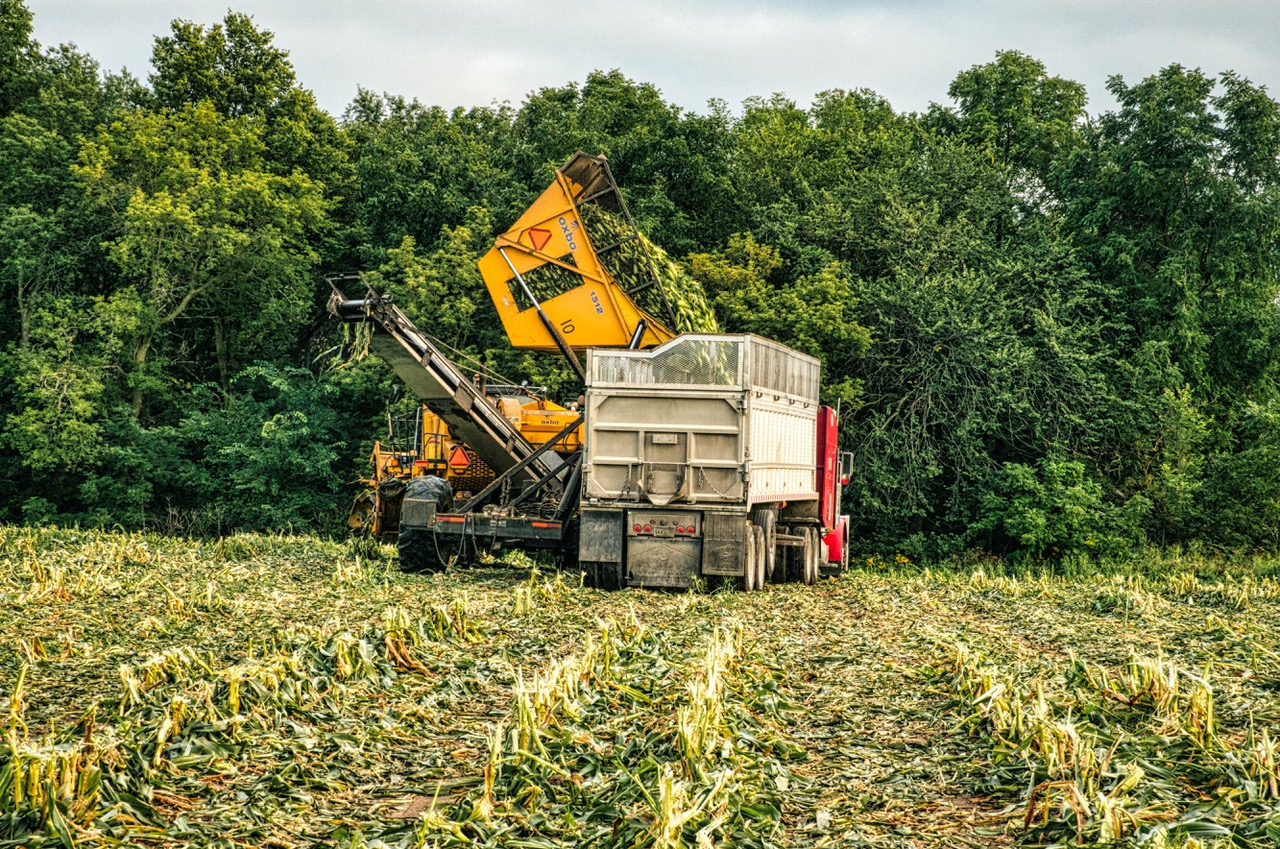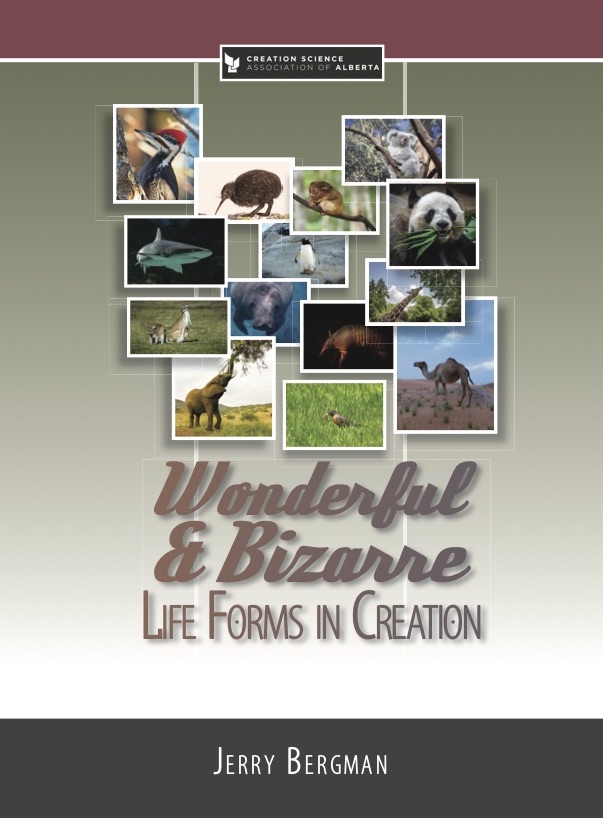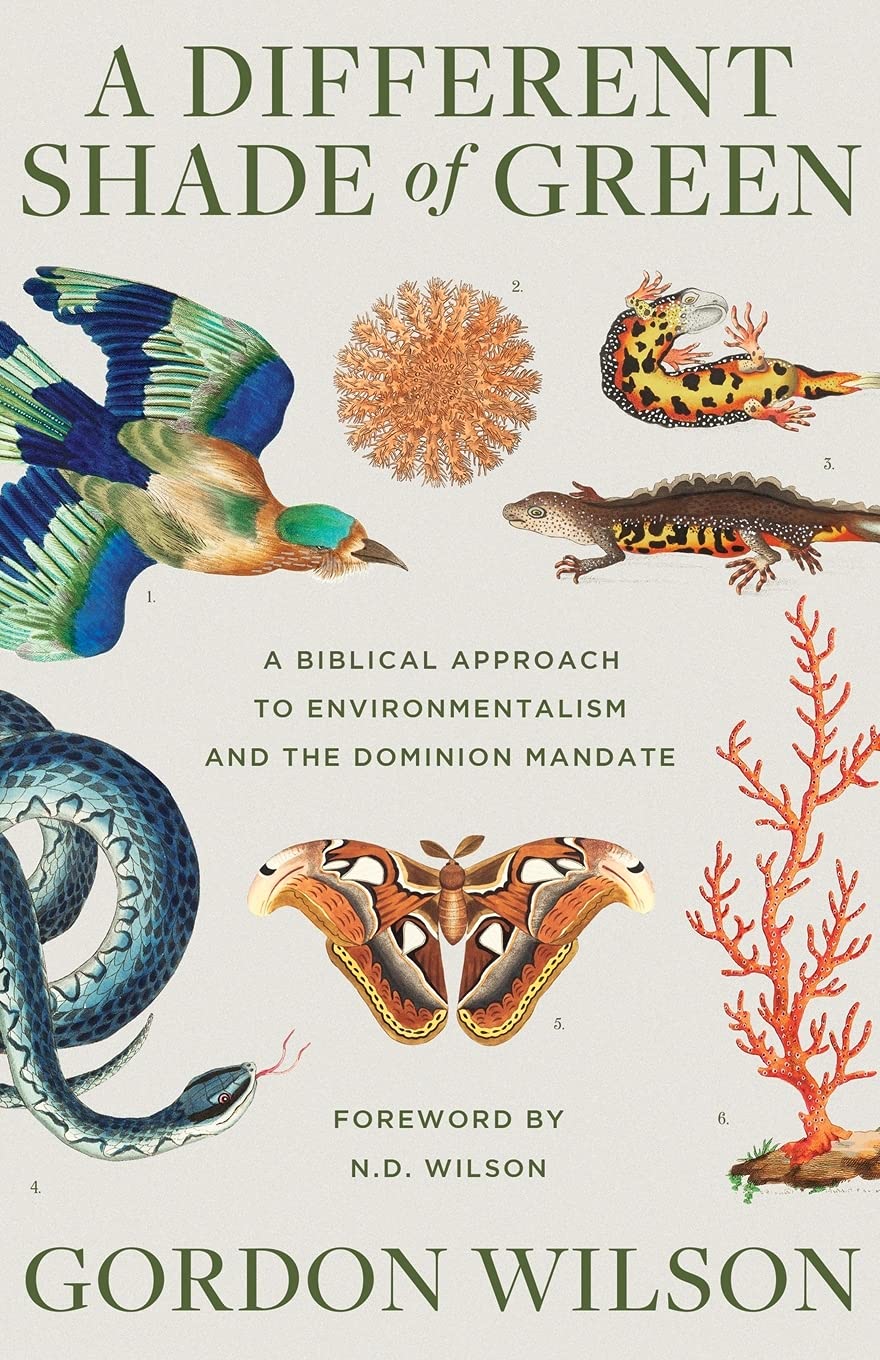As Christians, we understand that people from earliest times have made their living from farming. Cain and Abel, for example, had crops and herds. The patriarchs Abraham, Isaac and Jacob had huge flocks of sheep, goats, cattle, donkeys and camels. Such flocks needed large areas of pasture for grazing. Also in Isaiah 28: 24-25 we read about farmers sowing crops of dill, cumin, barley and wheat. These farmers ploughed and sowed seeds. Nobody suggested that they should leave nature undisturbed. Farmers in New Testament times also ploughed the land and sowed seed. Agriculture has always been regarded as a good thing. At the present time however, agriculture has become somewhat controversial.
Positive examples of agriculture
One of the developments that allowed more people to obtain adequate food, was research that led to more efficient crops. Naturally not all crops are suitable for all regions of the globe. The Canadian prairies, for example, with their short growing season, are definitely restricted in their choices of crop. But there are some Canadian success stories – wonderful crops which were developed in Canada and which have proved to be a blessing to many worldwide. These crops include wheat and canola.
Story of wheat development
From the time when the earliest European settlers landed in Canada, they brought wheat seeds along and attempted to grow them. But there were apparently no wheat selections which really suited the Canadian climate. Finally in the 1890s the Saunders family undertook to find a suitable wheat crop for Canadian farmers. The father, William, had been appointed director of the federal Experimental Farms Service. The best variety that Dr. Saunders could find was Red Fife, but it matured too late, especially in Western Canada. (Frozen crops weren’t that appealing.)
The story of Red Fife is Canadian too. The seed for this variety came from the Ukraine via Scotland. A friend in Scotland sent the seed to Ontario farmer David Fife. This seed had better yield and better baking qualities than many other selections, but of course it wasn’t really the answer for Canada. Dr. Saunders realized that he would have to breed wheat varieties to find a made in Canada solution. His attention focused on Hard Red Calcutta from India, which matured three weeks earlier than Red Fife, although its yield was not very good at all. Dr. Saunders then send son Percy to Agassiz B.C. to cross Hard Red Calcutta with Red Fife.
The results of this cross eventually became the Marquis variety. Son Charles set out to find the best results of the cross. He took several kernels from each promising head of wheat and chewed these kernels to make a dough ball in his mouth. He then removed the wad from his mouth and attempted to stretch it. The dough ball with the greatest elasticity showed most promise that it would bake into a good loaf of bread. His selection became the very popular Marquis variety. In 1907 in yield trials at Indian Head, Saskatchewan, Marquis matured 7-10 days earlier than Red Fife and yielded 42 more bushels an acre! In 1911 Marquis won a prize of $1000.00 from the Canadian Pacific Railway for the best wheat variety in Canada. The outstanding yield and baking quality of Marquis established Canada as the greatest wheat exporting nation in the world!
The scientists work was not done however. Marquis had one fatal flaw. It was very susceptible to the fungus disease wheat rust which could, and did in some years, wipe out an entire harvest. So the search was on for some descendants of Marquis wheat which were more resistant to wheat rust. Canadian scientist John Craigie (who lived to be 101), discovered that wheat rust strains had complicated genetics. He identified over 200 different strains of the fungus.
In 1935 the first wheat variety (Thatcher), resistant to some wheat rust strains, was released. But new wheat rust strains kept appearing which kept plant breeders looking for new wheat varieties that were resistant to other important rust strains. Selkirk, resistant to an important new rust strain, was developed by Agriculture Canada in 1953. The scientists have to keep identifying aggressive wheat rust strains that appear and plant breeders have to try to breed new resistant strains of wheat. The process goes round and round and never ends. But Canadians enjoy first class wheat from Canadian farms, and wheat exports to other nations provide good food for millions.
Story of canola development
Another Canadian agricultural success story is canola. The original seed for this wonder crop actually came from Poland. In 1936 a farmer in Saskatchewan began to grow this oil seed which he had brought from his native Poland. Soon he was selling some of this seed for animal feed. There were other farmers growing a strain from the United States too. In 1956 an agribusiness company developed a method to extract oil from the seed. There was a problem however, two minor components of the oil turned out to have bad effects on human and animal health. Plant breeders began to look for ways to eliminate these bad products from the oil.
In 1977 the first canola strain was developed by breeding. The definition of canola is a “double-low” variety with both reduced erucic acid and glucosinolate levels . For this new crop the name canola was chosen. It is a combination of Canadian and oil. Much of the research on canola was conducted, and continues to be conducted, in Saskatchewan. The value of the Canadian crop has escalated dramatically since the 1970s and exports of canola oil are only exceeded by Canadian wheat. Not only does canola provide farmers with another crop choice, but the oil provides excellent nutrition to consumers like us.
Impact of Farming
These are positive stories, chosen to illustrate the importance of agriculture to Canadians. Some other people however emphasize negative impacts of agriculture. These crops are monocultures, only one species growing over a wide area. Because many similar plants are crowded together, a monoculture is much more susceptible to diseases (like wheat rust) and insect consumption (like flea beetles on canola). Especially for insects, spraying with insecticides may be necessary to save the crop. To avoid most flea beetles on canola, the seeds are routinely coated with insecticides before they are planted. Government rules are very strict about what insecticides can be sprayed on a crop and when. If spraying is not carried out carefully, there may be negative unintended impacts on other insect species.
Another impact of monocultures is reduced diversity in the immediate area of the farm. Typically, there are no native plants and few native animals on the cropland. Another impact of growing a crop is the need for fertilizers to encourage good plant growth. Some fertilizers may run off the land at times of high rainfall. This may cause pollution (increased eutrophication) in nearby lakes. Meat and egg production also may result in considerable run off causing water pollution. Even fish farms result in higher nutrient levels in water leading to eutrophication. [Eutrophication represents a shift in what algae and aquatic animals are present in a body of water. There will be an increase in the numbers and variety of kinds of organisms present as a result of higher levels of nitrates and phosphates in the water. These plant nutrients can come from fertilizers or from animal manure. Depending upon the body of water, eutrophication is not necessarily a problem.]
Future of agriculture
Do all these considerations mean that we should stop carrying out agriculture? Of course not! It simply means that we should proceed as carefully as possible. Research scientists working for federal Canadian and provincial governments, continue to research more efficient crops and better resistance to diseases and pests, in short, better ways to do things.
Do humans have an impact on nature? Absolutely! Is it possible for humans to stop having an impact on nature? No. Our mandate as Christians is to do things as carefully as possible while providing for all the people living today.
Margaret Helder
July 2023
Subscribe to Dialogue







